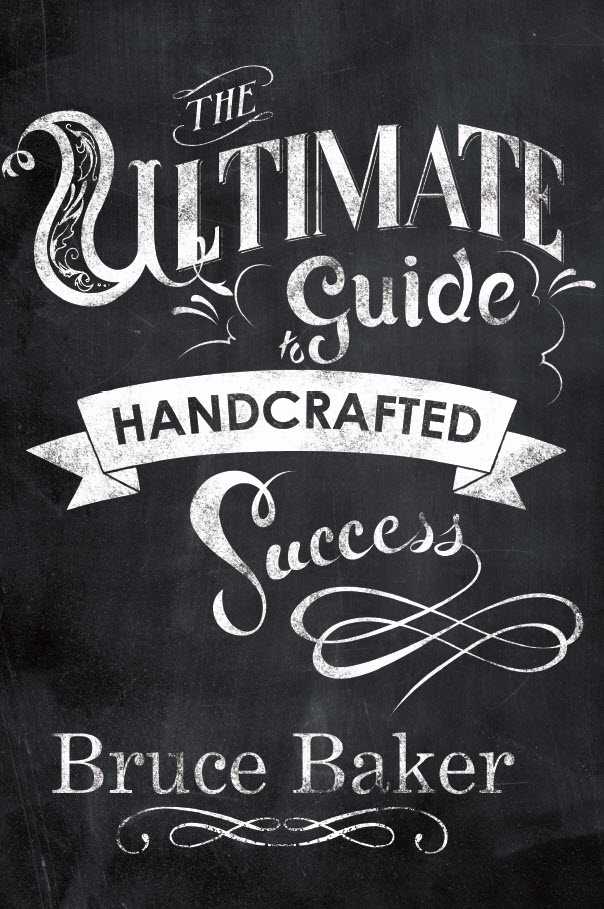6 Simple Tricks to Make Money and Beat the Economy
 Since the financial collapse of October 2008, artists no doubt have been more challenged to sell their work than any time since the Great Depression. The recent financial collapse was a low blow to all businesses, but was particularly damaging to the business of selling art.
Since the financial collapse of October 2008, artists no doubt have been more challenged to sell their work than any time since the Great Depression. The recent financial collapse was a low blow to all businesses, but was particularly damaging to the business of selling art.

 You might be the most experienced craftsperson ever, but let’s face it: we’re all human. As such, we craftspeople are fully capable of making the most stupid mistakes around. These are never more apparent than at craft shows. Here are six simple ways to be prepared for your own slipups.
You might be the most experienced craftsperson ever, but let’s face it: we’re all human. As such, we craftspeople are fully capable of making the most stupid mistakes around. These are never more apparent than at craft shows. Here are six simple ways to be prepared for your own slipups. Should you start your own business? Only you can answer this, and certain indicators can lead you in the right direction. Here are ten questions to answer in as much detail as possible before starting a business. Answer as many of them as you can; those left unanswered will guide you toward any possible weaknesses you may have.
Should you start your own business? Only you can answer this, and certain indicators can lead you in the right direction. Here are ten questions to answer in as much detail as possible before starting a business. Answer as many of them as you can; those left unanswered will guide you toward any possible weaknesses you may have. Of all the decisions start-up business owners have to make, the decision of how to finance one’s business has to be the thorniest. Do you beg, borrow or steal the money? Who can afford to finance a business these days?
Of all the decisions start-up business owners have to make, the decision of how to finance one’s business has to be the thorniest. Do you beg, borrow or steal the money? Who can afford to finance a business these days? When we had to shoot film for slides of craftwork, framing was a big decision. You set up your art, turned on the lights, carefully framed the work and took your shot. The resulting slide was the final word on the craftwork. Then you made a few dozen copies of the slide, which were often off in contrast and color. Yet these were the slides you submitted to shows and hoped to get them back undamaged.
When we had to shoot film for slides of craftwork, framing was a big decision. You set up your art, turned on the lights, carefully framed the work and took your shot. The resulting slide was the final word on the craftwork. Then you made a few dozen copies of the slide, which were often off in contrast and color. Yet these were the slides you submitted to shows and hoped to get them back undamaged. Ah, the great outdoors. Sunshine, fresh air, the birds singing. What could be better than this? If you’re an artist selling at a crafts fair, lots.
Ah, the great outdoors. Sunshine, fresh air, the birds singing. What could be better than this? If you’re an artist selling at a crafts fair, lots. 
